Bill Pavlak’s Oddly Essential Tools
A journeyman cabinetmaker shares his thoughts on two of his favorite tools: a narrow scraper and...corset boning.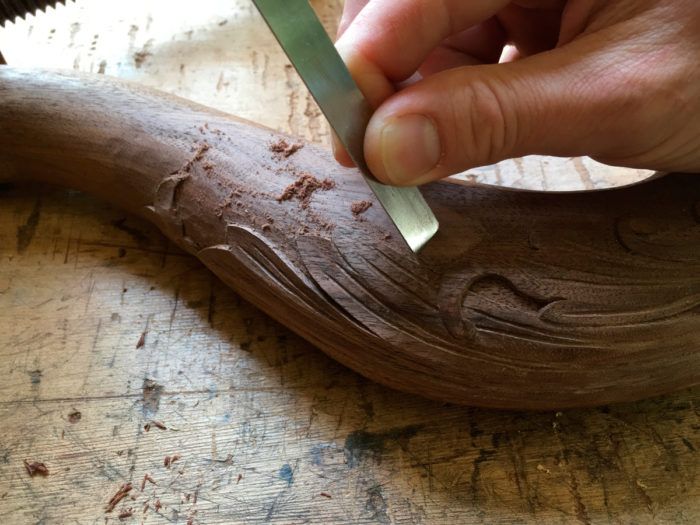
No matter how long I’ve been working wood or how many tools I have, I’m still a sucker for a good article or blog post with tool recommendations. Give me somebody’s list of “essential,” “favorite,” or “go-to” tools for x, y, or z and I’ll likely read it. Whether I’m in the mood to start up an imaginary debate with the author or questing for a second opinion about an impending purchase, the best of these articles often have enough technical tips and fresh perspectives on the craft to be worth the little time they take to read. I especially enjoy the tool lists that seem most obnoxious on the surface. You know, I’m talking about the ones where the author elevates mundane things like sharp pencils or blue tape to the status of essential woodworking tools. For me, two of the tools that fall into this last category are unassuming, cheap pieces of steel. One is a particular variation of a common tool and the other is, well, probably a little unexpected. So here are my thoughts on two of my favorite, go-to, and essential tools: a narrow scraper and corset boning (yeah, you read that last one right – old-timey or kinky undergarment parts).
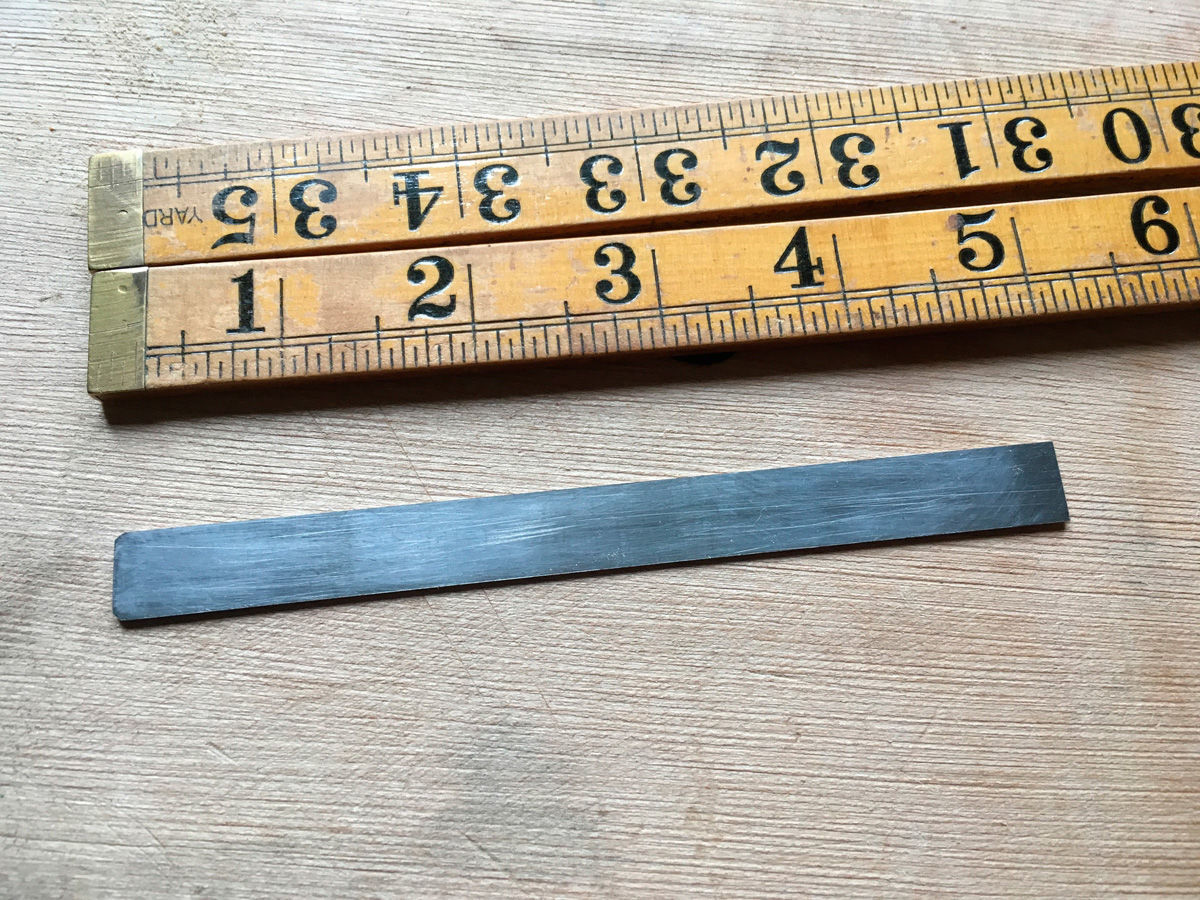
I doubt I need to extol the virtues of card scrapers to readers of this website, but few days go by when I don’t use this particular version. It’s 4-7/8 in. long by only 7/16 in. wide, though anything in the ballpark will do. I use the two long edges as well as the shorter ends. I round off the corners of one end and leave the other square. While some woodworkers make specific scrapers for every imaginable shape, I generally prefer my scrapers to be multi-taskers – a handful of versatile shapes to handle the majority of my needs. Among the many uses of this particular size scraper, here are my favorites.
In my work I find this design indispensable for dramatically shaped and curved surfaces, especially those on cabriole legs. I do most of the rounding-over work on cabriole legs with a spokeshave and a rasp (for the tighter curves at the ankle only). The facets left behind by the shave are easy to blend together and smooth out with this scraper as pictured here. 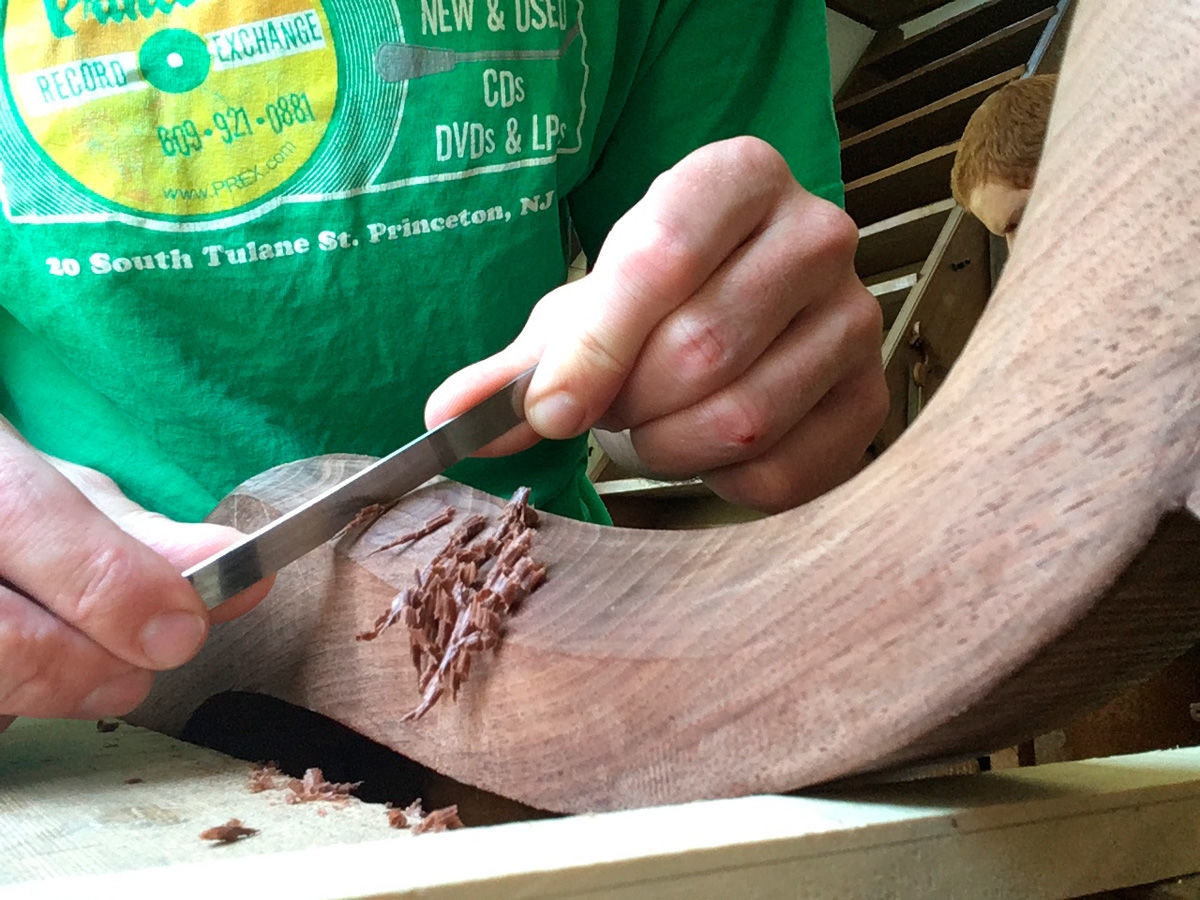 Similarly, I can convert a rasped surface into a smooth one very quickly with this little bit of steel. I find a normal card scraper unwieldy on curved and rounded surfaces. This narrow design keeps my fingers close to the surface which allows me to localize the pressure and easily bend the scraper as needed. It also gives me the best feedback about how my curve is coming along. Because the tool is sharp and only in contact with a small section of wood, my thumbs are not prone to burning up as some scraper users might imagine. A lot of furniture makers use files for this kind of work, but I find scraping gets me closer to a finished surface faster and I’ll always prefer making shavings over making dust. Typically a quick, light sanding with 220-grit paper is all I need to follow in the wake of the scraper.
Similarly, I can convert a rasped surface into a smooth one very quickly with this little bit of steel. I find a normal card scraper unwieldy on curved and rounded surfaces. This narrow design keeps my fingers close to the surface which allows me to localize the pressure and easily bend the scraper as needed. It also gives me the best feedback about how my curve is coming along. Because the tool is sharp and only in contact with a small section of wood, my thumbs are not prone to burning up as some scraper users might imagine. A lot of furniture makers use files for this kind of work, but I find scraping gets me closer to a finished surface faster and I’ll always prefer making shavings over making dust. Typically a quick, light sanding with 220-grit paper is all I need to follow in the wake of the scraper.
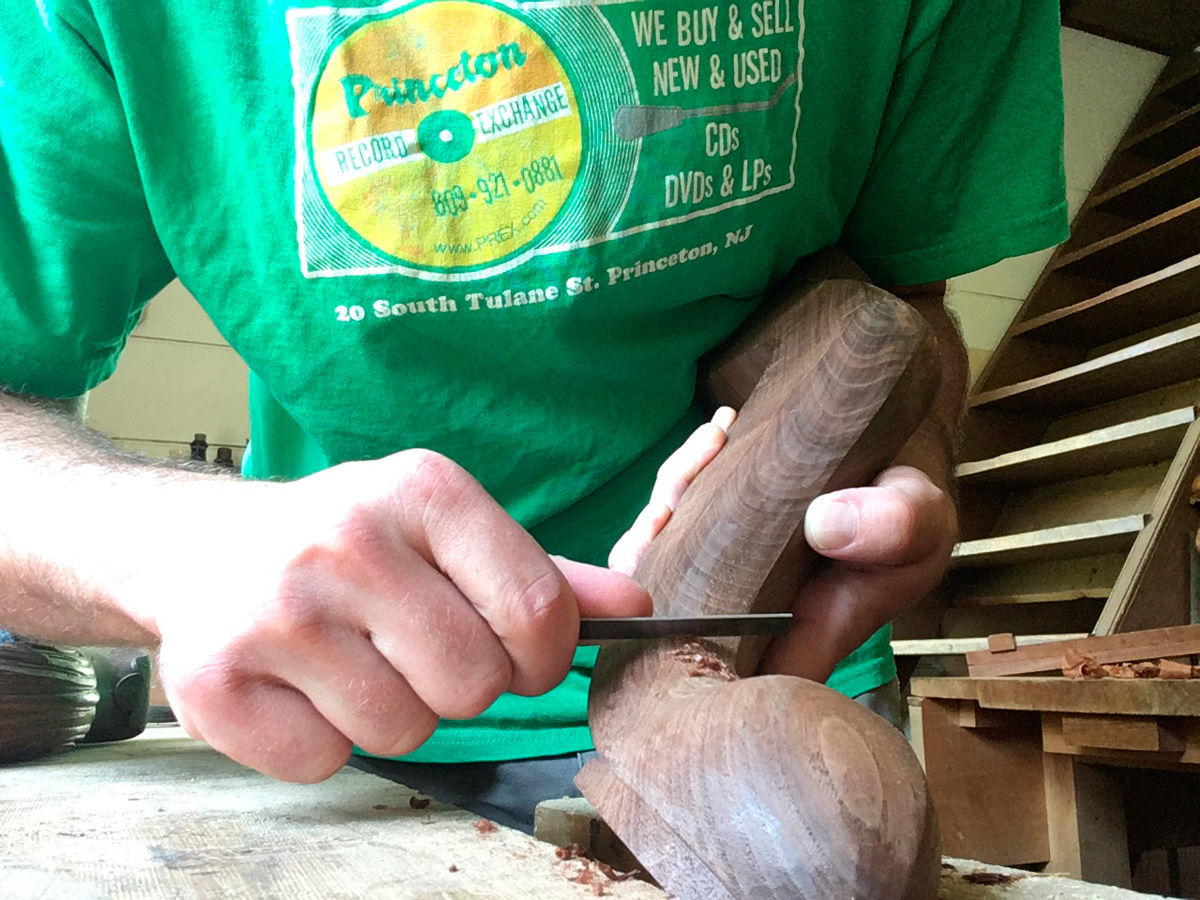
One aspect of this size scraper that I love is how I can use it one-handed the way you might whittle with a knife. This grip is useful in tight spaces and places that demand pinpoint control. It’s also great for situations in which the workpiece is in my hand rather than fixed to a bench: I’ll smooth out tool handles or scrape glue off of my hammer handle this way.
The short ends of the scraper serve me well for a variety of tasks. In particular, the end with the rounded-over corners is perfect for smoothing out background surfaces around carvings without digging in. I’ll rely on gouges to smooth out the areas right up against low-relief carvings (the kind I often do on table and chair legs), but the scraper excels at blending the gouge cuts just beyond that. The square end is ideal for working right into corners on rabbets and especially fillets on moldings.
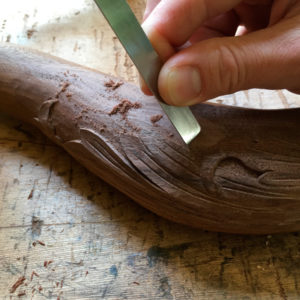 |
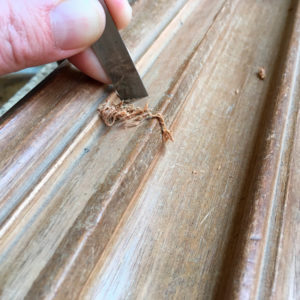 |
Corset Boning
What is corset boning? It is the hard, flexible bits that give a stay or corset its built-in shape. Though traditional boning might be made of metal, baleen, wood, or other materials, most modern examples are thin strips of steel or plastic. Thin strips of steel, as it turns out, are very handy for woodworking tasks. Working at a living history museum gives me easy access to seemingly odd things like steel boning, but the internet should do the same if you don’t have corset parts lying about the house (look for 1/4-in. flat steel boning). It is very inexpensive, though if you’re blushing too much at the thought of such a purchase, any similar thin, flexible piece of steel will do. As pictured below, boning usually comes with a coating that you can scrape off quite easily. I’ll typically cut the long strip into three or four smaller sections and then round over one end and use a file to feather the edges down to almost a knife edge. It doesn’t need to be sharp, just thin, but with its structural integrity still intact.
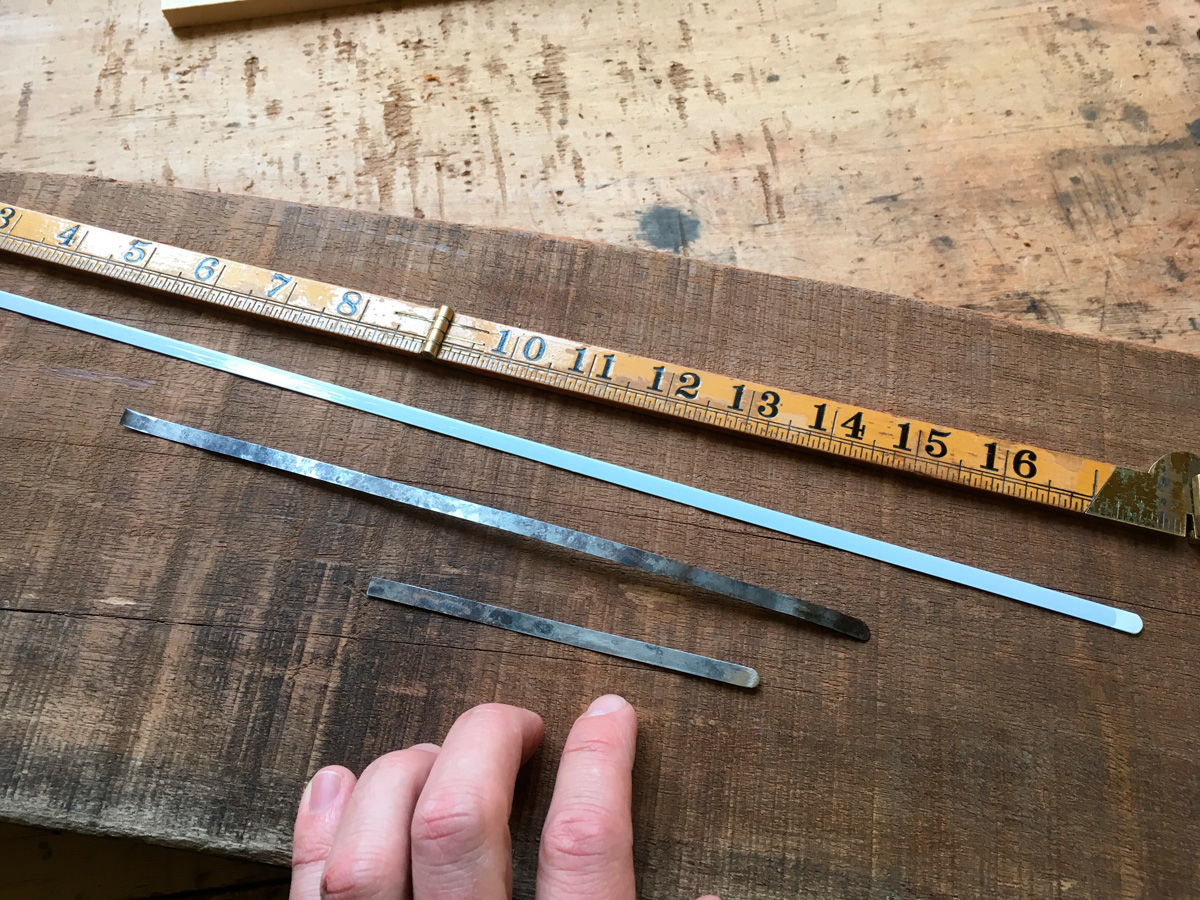
That all sounds easy enough, but what is the purpose of all of this? I use these little tools for several common tasks. They make wonderful probes. As I look over a rough-sawn board to determine if it will work for a given project, I might discover some surface checking or slight cracks. How deep do these go? I’ll insert the boning to get a better idea. I sometimes use this same technique to probe the depths of mortises on antiques.
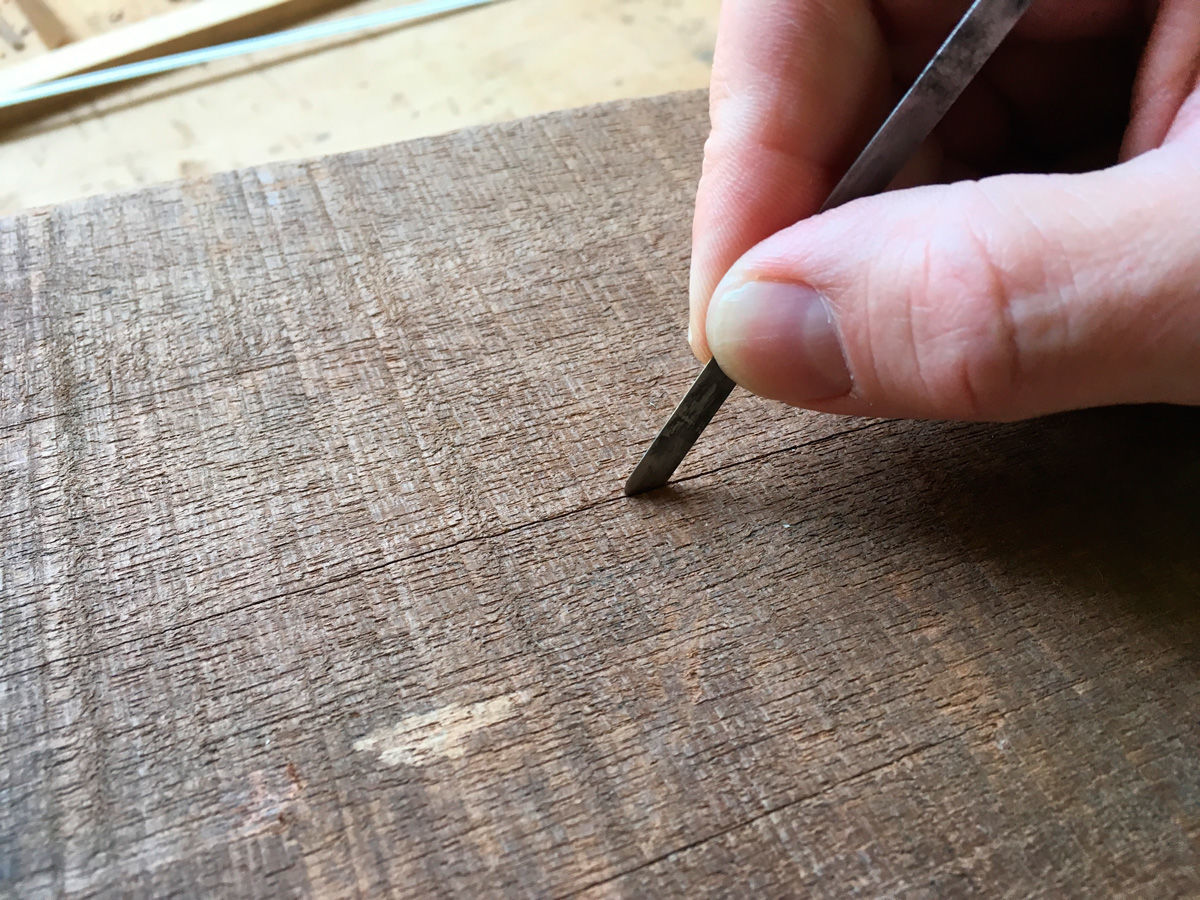
In the course of work, if I crack something slightly or discover a small crack that seems repairable with glue, I insert one piece of boning to open up the crack and then use another piece to fill it with glue. This happens to all woodworkers often enough and I’ve learned from my former colleagues that this little bit of underwear is actually a perfect tool to make the fix. In general, boning makes an effective glue applicator in many tight spots.
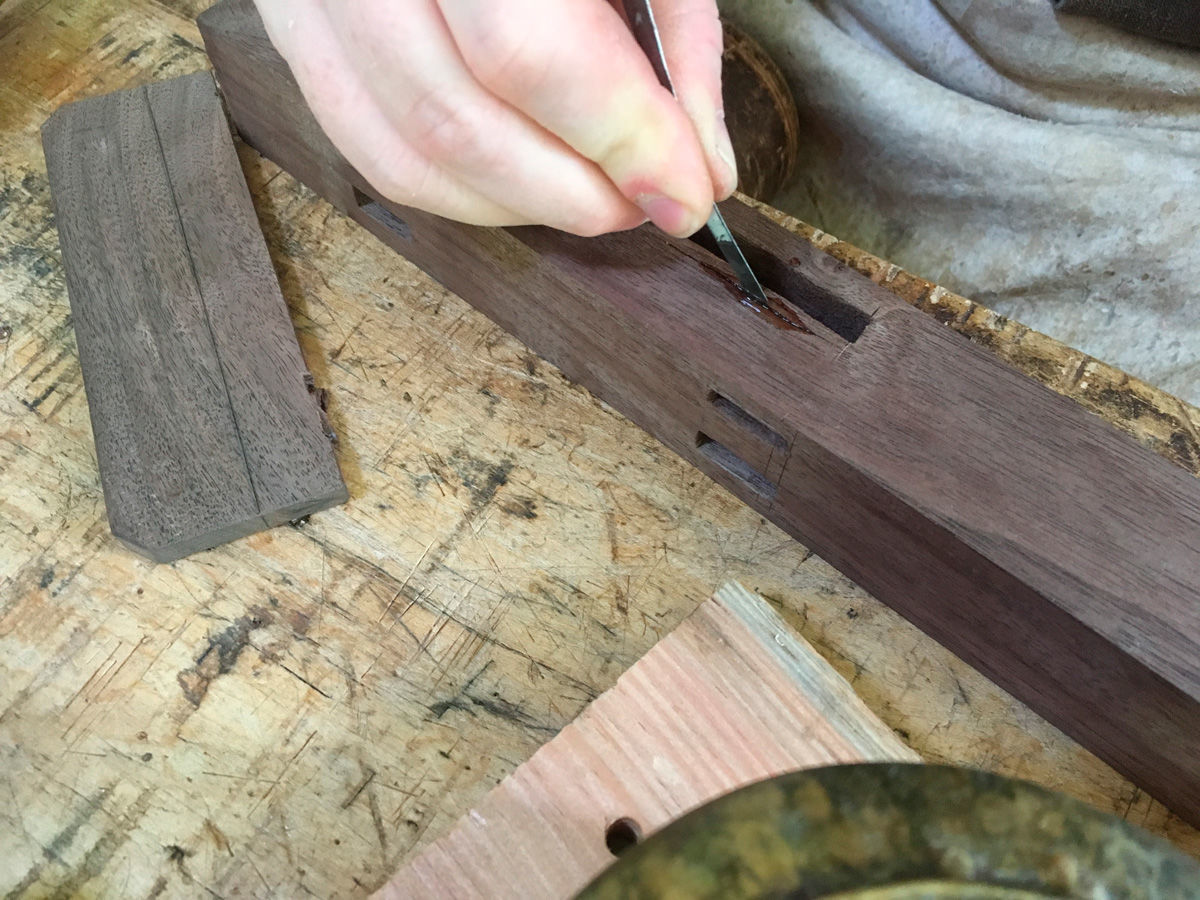
Neither of these tools is particularly glamorous, but they’re cheap, versatile, and incredibly helpful. They have been staples of my toolkit for 14 years and used in the Hay Shop for decades. I highly recommend giving them a try.
More on FineWoodworking.com:
- Shop Made Winding Sticks Guarantee Accuracy by Bill Pavlak #276-July/August 2019 Issue
- Bill Pavlak and the case of the shrunken drawer backs – Bill stumbles upon a mystery that can only be solved through imitation
- Bill Pavlak’s Sweet Toothing Plane – With its extremely high-pitched blade and serrated cutting edge, the toothing plane cares little about grain direction and figure
Fine Woodworking Recommended Products

Bahco 6-Inch Card Scraper

Veritas Micro-Adjust Wheel Marking Gauge

Suizan Japanese Pull Saw

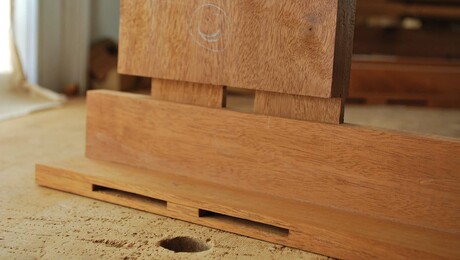
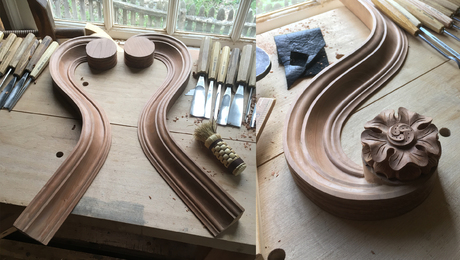
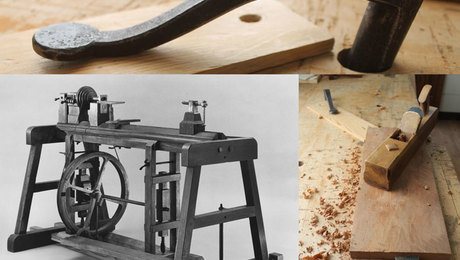
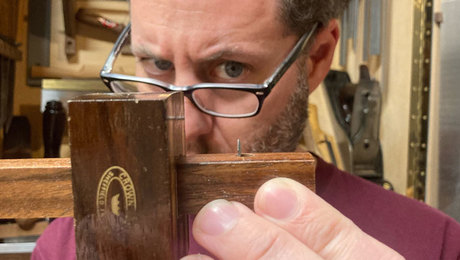


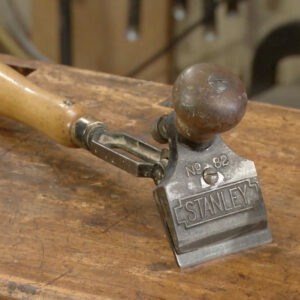

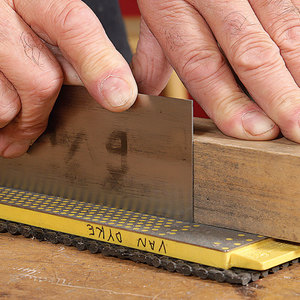
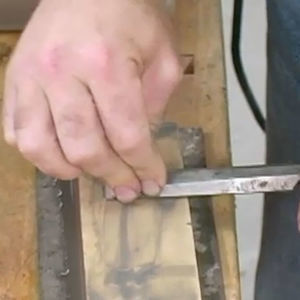
















Comments
An old hacksaw blade perhaps? Nice tool steel in any case.
I've been using Big Box Store 6"x½"x.0.o20" stainless steel rules for the same thing for years now. (According to the late, great Jim Varney, they're sorta like "Vern's" first wife: "You know; quick, cheap and easy".)
Log in or create an account to post a comment.
Sign up Log in